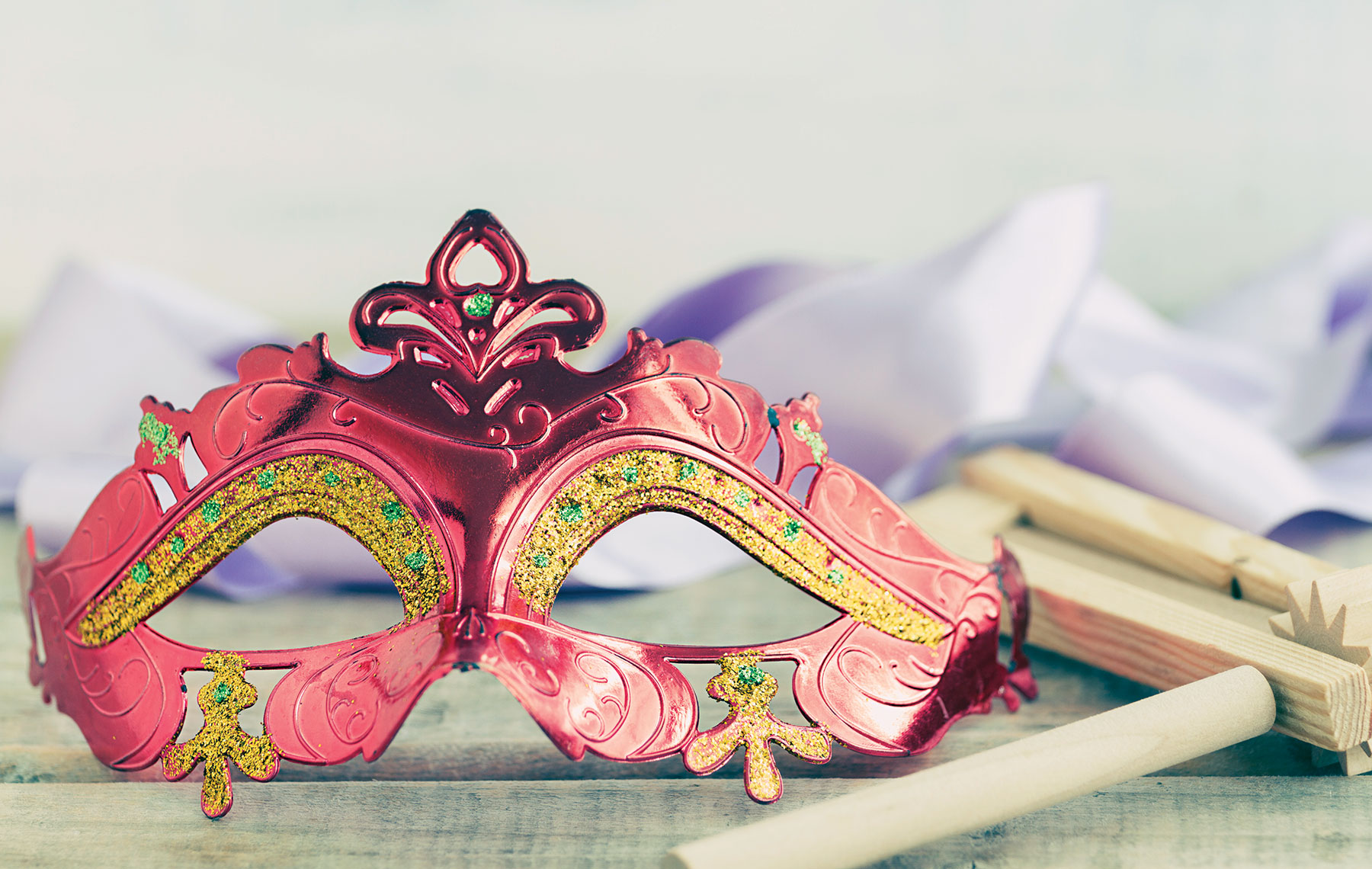
Queen Esther can, though it’s unlikely she would. She might say, “I was the vehicle through which G-d saved the Jewish people.” Or just, “I was in the right place at the right time.”
The threat faced by the Jews in Esther’s times — by the genocidal Haman (boo!) and his hapless facilitator Achashverosh (double boo?) — was total annihilation, G-d forbid. We were all under Achashveroh’s rule. There was no “America,” or “Shanghai,” to escape to.
It’s horrifying to think of what might have happened, but only by doing so can we appreciate Esther and understand the reverence in which she is held by Jewish tradition. To bring it closer to home, imagine the love for a person who managed to stop Hitler, saving the lives of millions.
But why did G-d choose Esther as the vehicle for redemption?
First a few quick facts about this most famous of Jewish queens:
-
-
Her mother, a widow, died during childbirth, leaving Esther a double orphan. She was raised by her cousin, the Jewish leader of the time, Mordechai.
-
Her name was also Hadassah, and the Talmudic sages debate which of the two names was her given name and which her nickname.
-
Hadassah means a myrtle, a metaphor the Torah uses for the righteous.
-
Esther means hidden, since G-d was hidden in her time and hidden in the miraculous salvation.
-
She was one of seven prophetesses in Jewish history.
-
The Scroll of Esther is not only about her but written by her.
-
By her insistence, the Scroll of Esther was included in the canon of the Bible.
-
The astute observer of the Purim story will note a number of Esther’s traits:
LEADERSHIP
When Mordechai convinces her to risk her life and beseech the king to rescind the decree, Esther takes the reins of leadership. She instructs Mordechai to gather the Jews to fast and pray for three days. Mordechai initially balks at this, since it impedes on the upcoming Passover holiday (no matzah ball soup?!). But Esther, whose prophetic prowess surpassed Mordechai’s, impresses upon him that there would be no Jewish people, G-d forbid, to celebrate Passover if they didn’t do the spiritual work of Return (teshuvah) through fasting and prayer.
SELF-SACRIFICE AND COURAGE
Showing tremendous courage, she approaches the king uninvited, a crime punishable by death. Remember, this is the same king who killed off Queen Vashti earlier in the story for disobeying his command. Esther is prepared to die for the sake of her people.
BRILLIANT STRATEGIST
Thankfully, the king welcomes her favorably. Yet Esther does not immediately beg for her people, she does something unexpected: she invites the king to a feast. Stranger yet, she invites Haman, the archenemy of her people, to attend as well. And at the feast, does she get to the point? Far from it. She invites them to another feast!
This is all very strange, yet also brilliant. Esther understood the psychology of these two men. By inviting Haman she achieved many things (twelve, to be exact, as per the Talmud). Primarily, she wanted to drive a wedge between the king and Haman, which worked so well that the king couldn’t sleep that night. “Why is Esther inviting Haman?” he wondered. His jealousy was provoked. So was his paranoia. “Are they plotting to kill me?”
By the time the second feast comes along, Achashverosh has raised up Mordechai and humiliated Haman. Esther has primed the situation perfectly for Haman’s demise. She makes sure that Haman will be present when the king goes ballistic, so that Haman’s demise comes quickly, before he can rally to change the fickle king’s mind.
HOW TO BE A HEROINE
So what does it take to be a heroine or hero? Esther shows us a few of the ingredients: humility, self-control, confident leadership, willingness to put herself at risk to save others, and strategic planning. But perhaps this is her most important trait: faith.
Esther is willing to try her hand at diplomacy, but only after addressing the spiritual side of things. She fasts and prays for three days. She realizes that G-d runs the world, not Achashveroshs and Hamans. Our efforts — to earn a living, find a cure, broker a deal — create a channel through which G-d’s blessing flows. But without G-d’s blessings, the channel is…empty. Like a check without funds in the bank, or a waiter bell with no waiter. Esther is the master of Divine concealment. She can see G-d’s countenance behind the deceptive mask of the natural world.
In our own lives, we face challenges and the existential concealment of the Divine. The first step to being a hero is to see beyond the surface. To unmask the facade of nature and “coincidence.” To recognize that der Aibershter firt de velt — the world has a Divine planner. We can then call upon our inner Esther to fearlessly and strategically pursue what is right and good. One mitzvah at a time, we too will bring redemption to the world.
Rabbi Yossi Marcus is the co-author a new commentary on Megillat Esther, as well as commentaries on Psalms, the Haggadah, Ethics of the Fathers. With his wife, Esther, he directs Chabad of the North Peninsula.





















 More news and opinions than at a Shabbat dinner, right in your inbox.
More news and opinions than at a Shabbat dinner, right in your inbox.